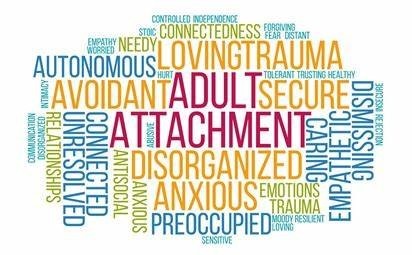Healthy relationships are essential for emotional well-being, but challenges like communication breakdown, intimacy issues, or addiction can strain even the strongest bonds. If you’re searching for relationship counselling in Plymouth, psychosexual therapy in Devon, or help with sex and porn addiction, professional support can make a life-changing difference.
Expert counselling services in Plymouth; Our experienced therapists offer confidential, compassionate support for individuals and couples facing issues such as:
- Relationship Problems – Communication difficulties, infidelity, emotional disconnection.
- Psychosexual Therapy – Loss of desire, painful sex, erectile dysfunction, orgasmic challenges.
- Addiction Counselling – Sex and porn addiction recovery, support for partners affected by addiction.
- Mental Health Support – Anxiety, depression, grief, and trauma impacting relationships.
Why choose our counselling services? With over 30 years of experience, we provide tailored therapy sessions in a safe, welcoming environment in Plymouth’s historic Barbican area.
Our goal is to help you:
- Rebuild trust and intimacy
- Improve communication
- Overcome sexual health challenges
- Heal from addiction and emotional pain
To learn more about all of the above, take a look at our Psychosexual Therapy & Relationship Counselling website.









